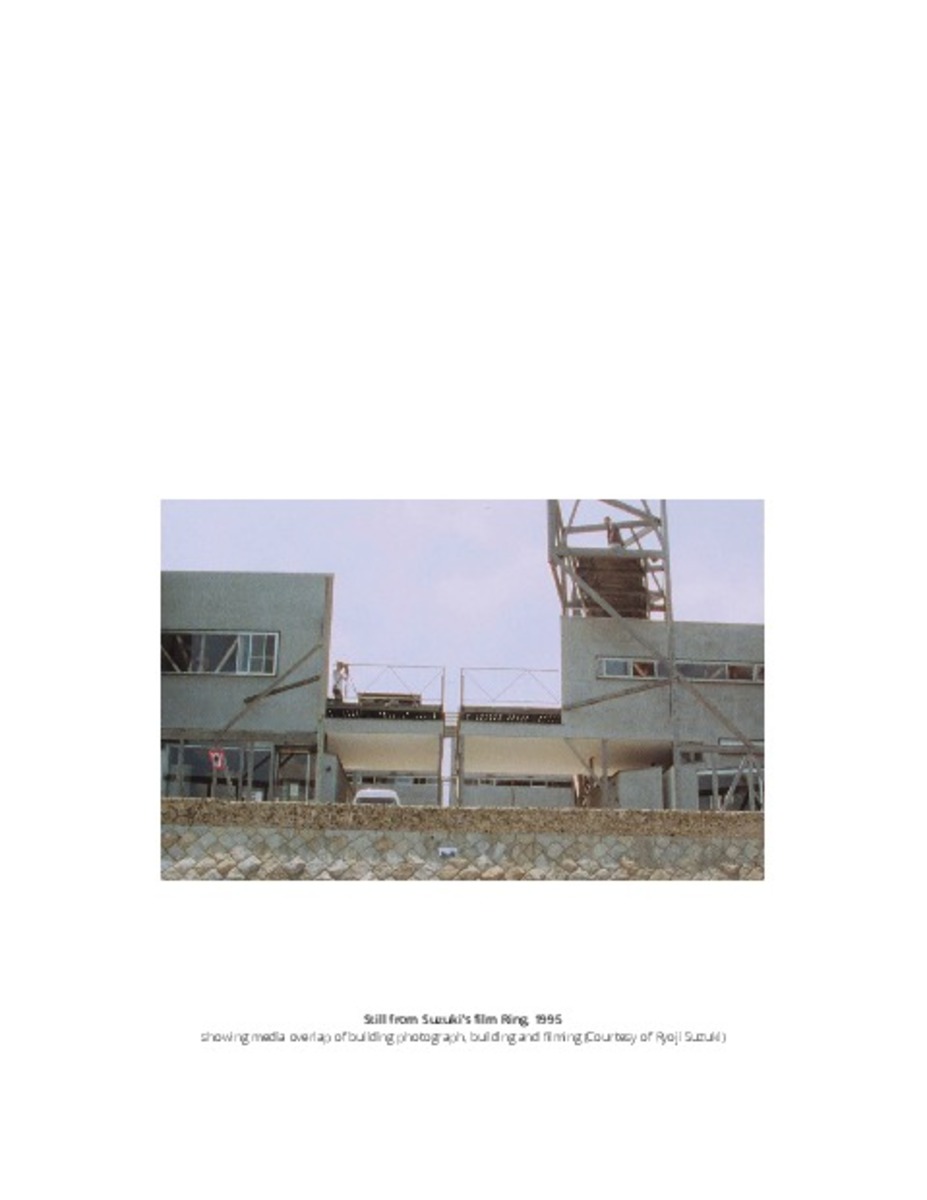Full metadata record
| DC Field | Value | Language |
|---|---|---|
| dc.creator | Seligmann, A. (Ari) | - |
| dc.date.accessioned | 2016-11-23T10:57:18Z | - |
| dc.date.available | 2016-11-23T10:57:18Z | - |
| dc.date.issued | 2016 | - |
| dc.identifier.citation | Seligman, A., (2016) ""Mediating Photography in the Architectural Production and Dissemination of Ryoji Suzuki’s “Experience in Material” Series"" En: Alcolea, R.A, Tárrago-Mingo, J., (eds.), en Congreso internacional: Inter photo arch ""Interacciones"", celebrado en Pamplona, los días 2 al 4 de Noviembre de 2016, (pp. 366-377) | es_ES |
| dc.identifier.isbn | 978-848081-518-5 | - |
| dc.identifier.uri | https://hdl.handle.net/10171/42349 | - |
| dc.description.abstract | Ryoji Suzuki’s projects are not the mediagenic monuments commonly circulating in the mainstream press as manifestations of Japanese architecture. However, media, especially photography, has been integral in the architectural production and dissemination of his “Experience in Material” projects. This paper examines the variable status and roles for photography within the construction and transmission of his architectural explorations. Suzuki’s complex engagement with photography provides a vehicle for considering tensions between architecture and photography. Examining Suzuki’s modes of production reveals productive alternatives that recognise photographs as more than communication tools and eschew consternations caused by creating distinctions between buildings as architectural objects and photographs as representations. For Suzuki buildings, photographs, models and drawings have equivalent status as media for exploring architectural ideas. Photographs are more than documentary devices, they provided a snapshot of ongoing design processes, were incorporated into Suzuki’s design iterations and served as generative tools. Suzuki’s work demonstrates photography facilitating a feedback loop of documenting, designing and disseminating architectural ideas. Analysing the dissemination of Suzuki’s work provides further snapshots of tensions, from debates over the status of photographs as professional promotion or artistic endeavour to the role of photographs as veritable documentation or critical interpretive frames. Suzuki’s projects appeared in commercial architectural publications, but did not always follow standardised formulas. For example, Suzuki avoided common architectural monograph conventions compiling a photo album/essay conceptualised as a further design iteration in Ryoji Suzuki Complete Works (2007), which invited prominent photographers to help (re)present the work. Suzuki welcomed multiple perspectives and fostered openness. Examination of the diverse press coverage of Suzuki’s Sagishima Ring Project (1995) further demonstrates multiple interpretations of architecture through photography. Ultimately, analyses help illuminate interactions, interpretations and intersections between architecture and photography, providing alternatives views and increasing understanding of the mediation of photography and architectural production. | es_ES |
| dc.language.iso | eng | es_ES |
| dc.publisher | Servicio de Publicaciones Universidad de Navarra | es_ES |
| dc.rights | info:eu-repo/semantics/openAccess | es_ES |
| dc.subject | Architectural production | es_ES |
| dc.subject | Architectural photography | es_ES |
| dc.subject | Ryoji Suzuki | es_ES |
| dc.subject | Materias Investigacion::Arquitectura | es_ES |
| dc.title | Mediating Photography in the Architectural Production and Dissemination of Ryoji Suzuki’s “Experience in Material” Series | es_ES |
| dc.type | info:eu-repo/semantics/article | es_ES |
Files in This Item:
Statistics and impact
Items in Dadun are protected by copyright, with all rights reserved, unless otherwise indicated.






